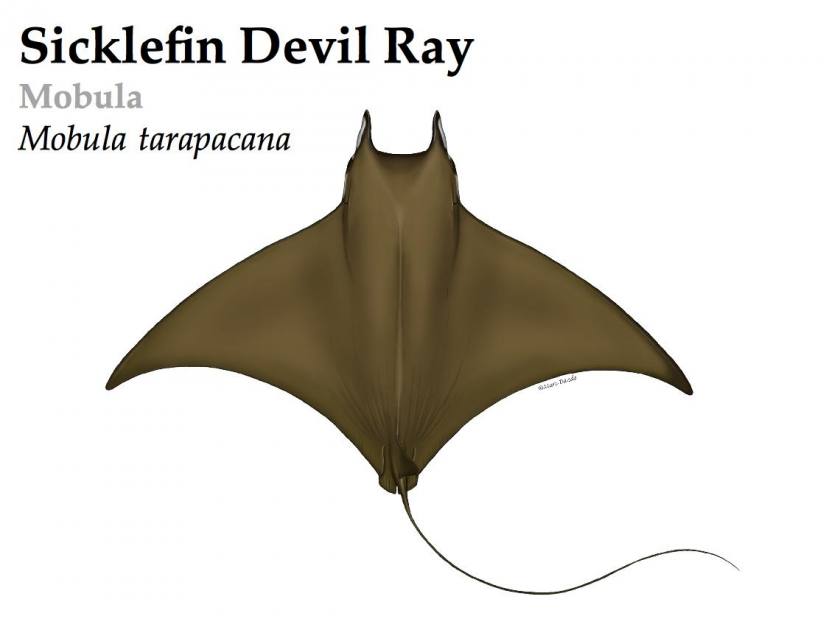
The Sicklefin devil ray (Mobula tarapacana) is one of the lesser-known Mobula species.
The Azores Islands are one of the best areas to observe mass congregations (Formigas & Dollaborat Banks offshore Sao Miguel & Santa Maria, Santa Maria Island local spots, Princess Alice Bank offshore Pico Island). They are also known as the Chilean devil ray, Guinean devil ray or spiny mobula. They are named « Devil Ray » because of their striking frontal horns, as people compared these horns to devil’s horns.
CHARACTERISTICS
Latin name: Mobula tarapacana
Order: Myliobatiformes
Family: Mobulidae
Length: up to 3,7 meters of diameter (females bigger than males)
Weight: up to 400 kg
IUCN Status: Vulnerable
DESCRIPTION
- Color: Greenish-brown, grey, white
- Head: Narrow with a long neck
- Horns: Short frontal horns, situated on both side of the mouth
- Mouth: Ventral position, under snout
- Wings: Strongly curved with a central ridge
- Tail: Short, scaly and without spine
HABITAT
Sickelfin Devil Rays are very often encountered in the open ocean, especially on offshore shallow seamounts. They spend most of their time between surface and depths of 40 meters.
DIET
Sickelfin Devil Ray mainly filter-feed on plankton, krill and small fish. While feeding, they can dive to depths of nearly 2000 meters for around 60 to 90 minutes.
When the Devil Rays are not feeding, their cephalic fins are curled and point forward and down, giving the appearance of devil horns. When they are feeding, they are open to create a funnel effect to catch their preys.

REPRODUCTION & MIGRATION
Sickelfin Devil Ray are ovoviviparous. The female develops and hatches the clutch of eggs inside herself, before to give birth to live young Sickelfin Devil Rays.
Sickelfin Devil Rays generally arrive in the Azores around June – July when the water start to warm up, and leave the archipelago around October. From November to May, the Sickelfin Devil Ray population is migrating to warmer waters close to the Equator line, passing true Capo Verde Archipelago.

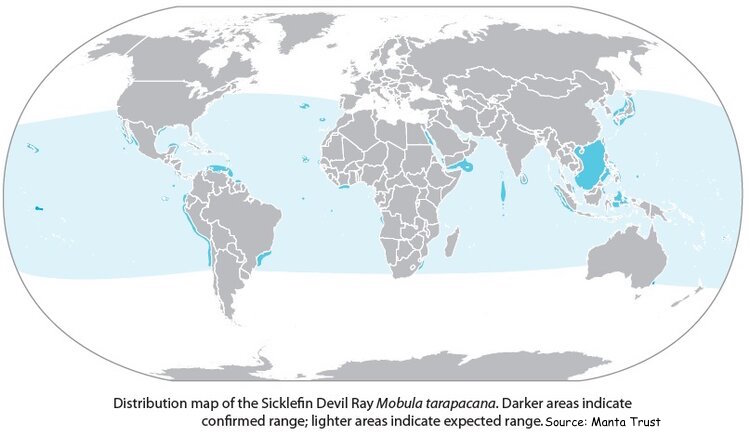

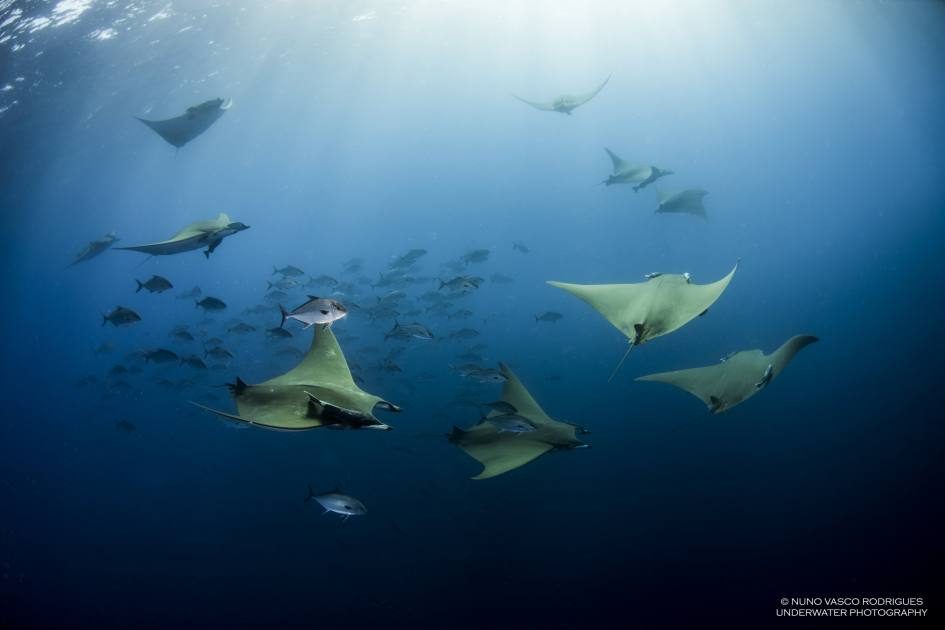











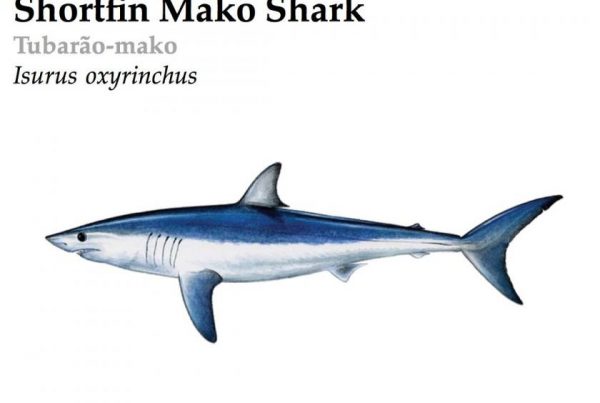
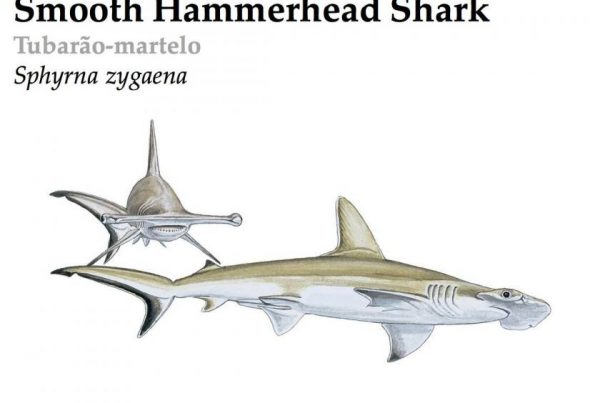
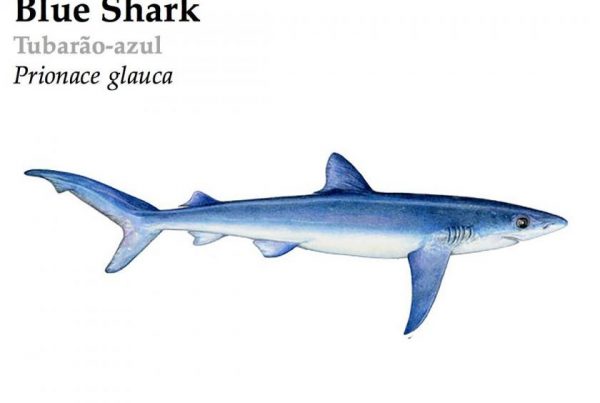



Your thoughts on this?